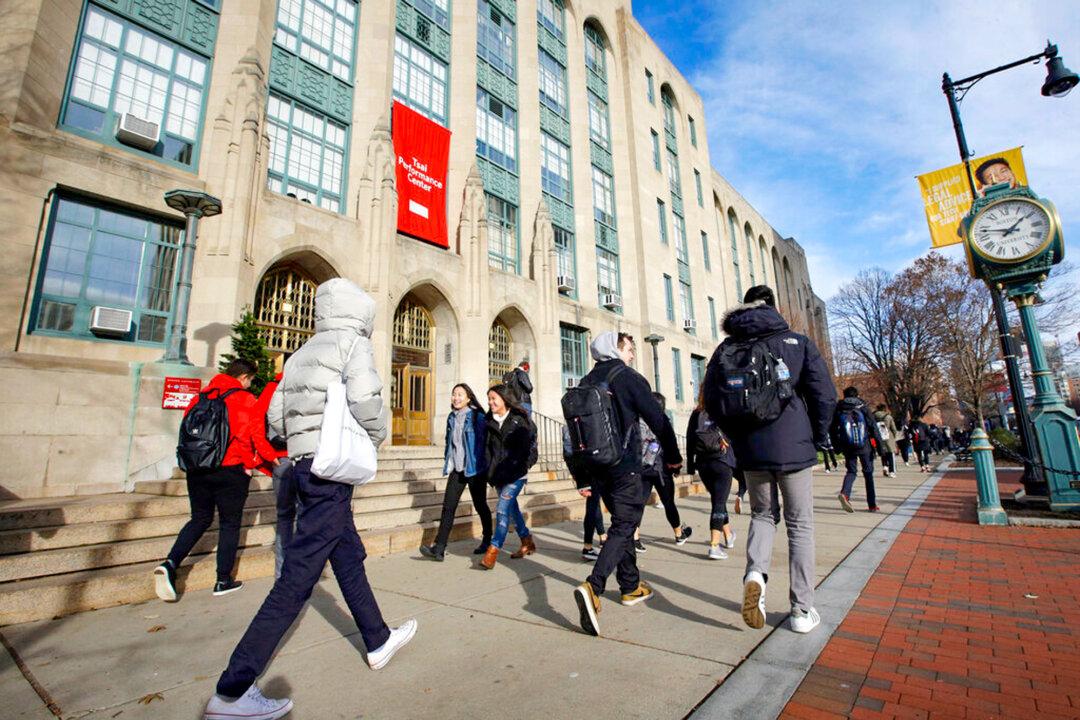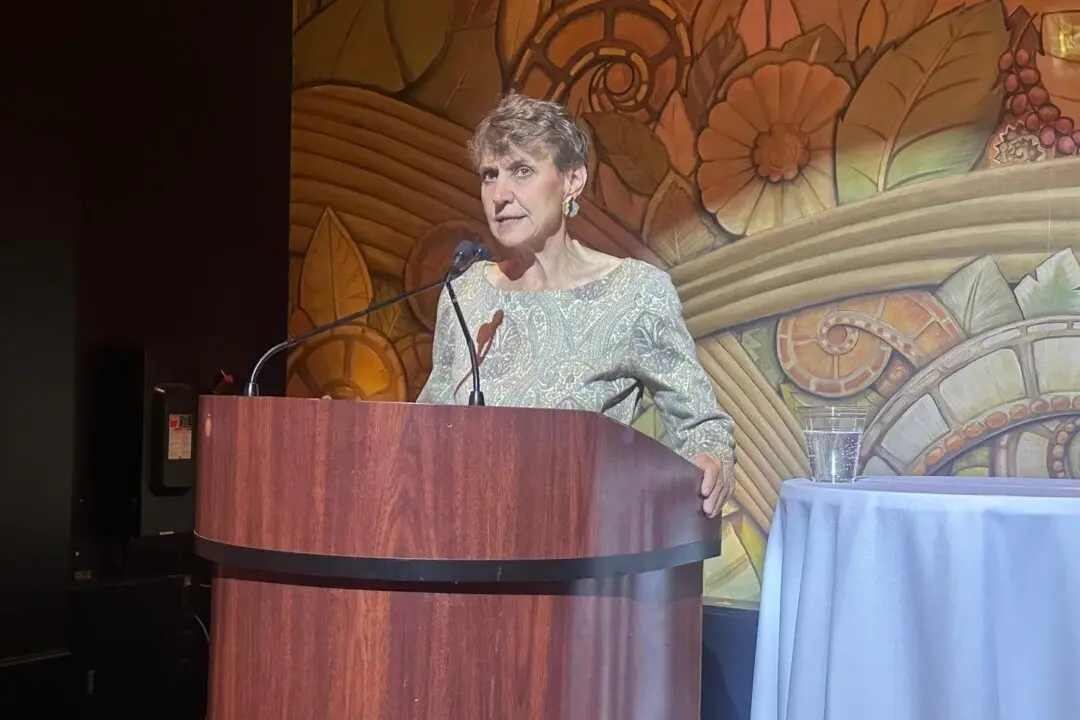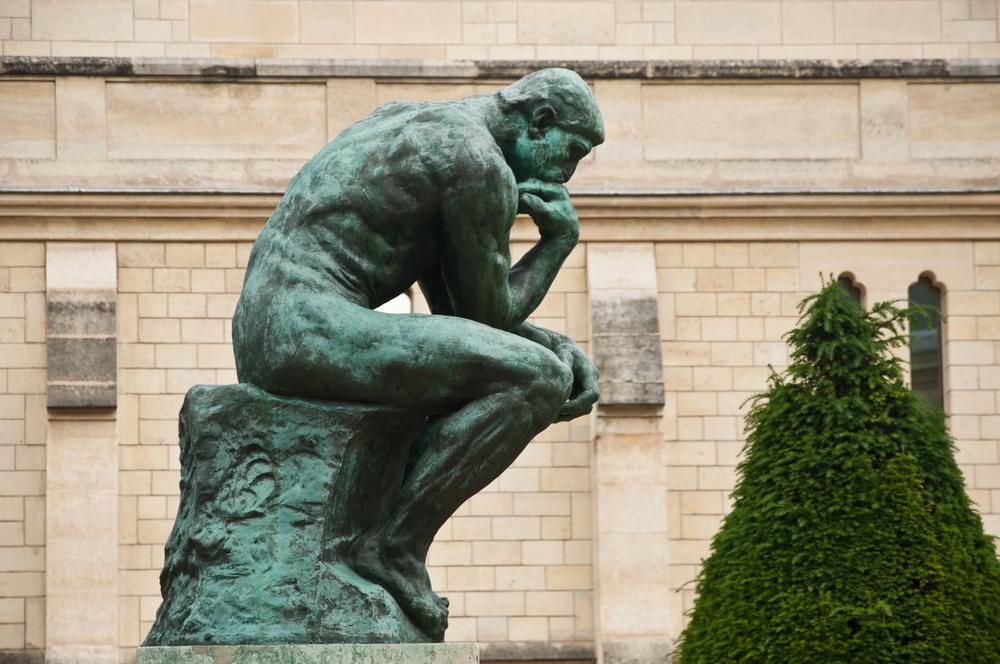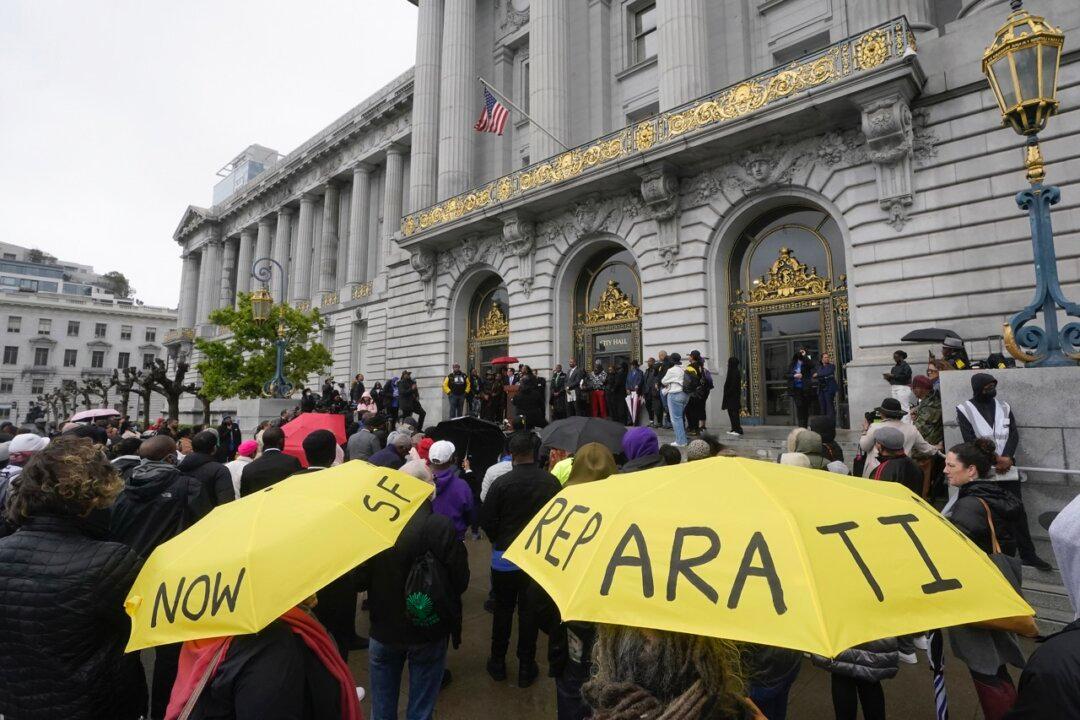Commentary
The Trump administration has marked a turning point in the battle over diversity, equity, and inclusion (DEI) in higher education, transforming what had long been an institutional orthodoxy into a contentious national and international debate.





